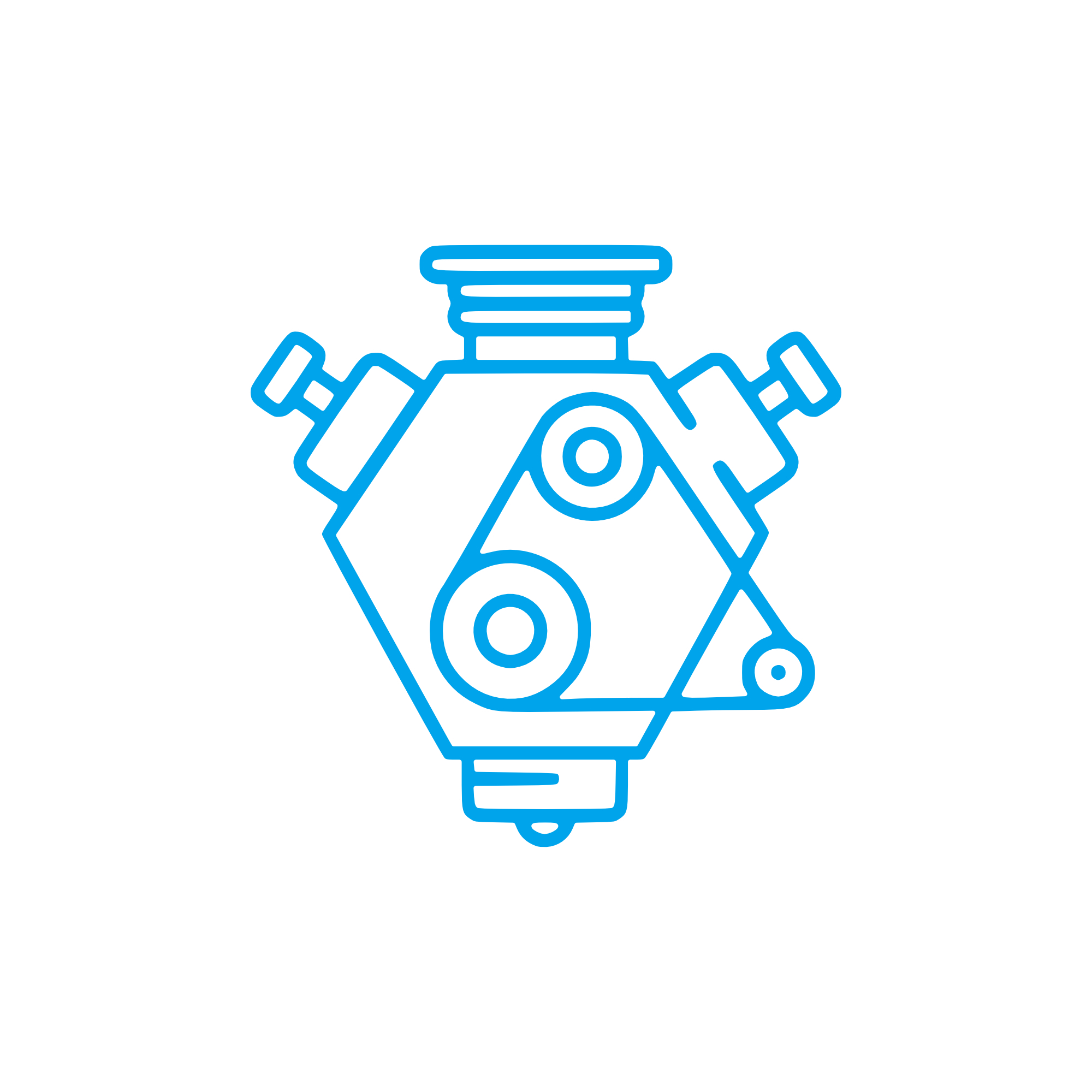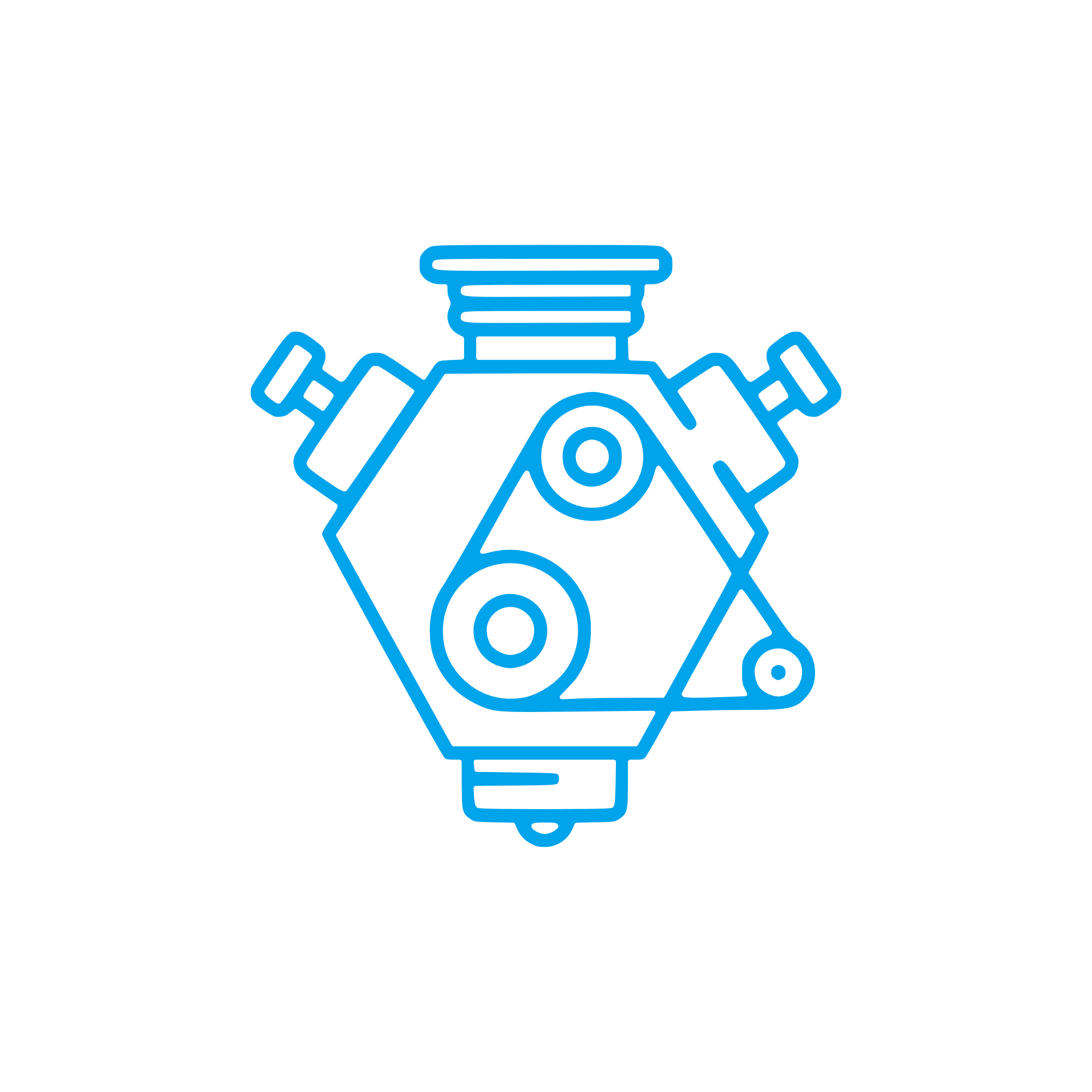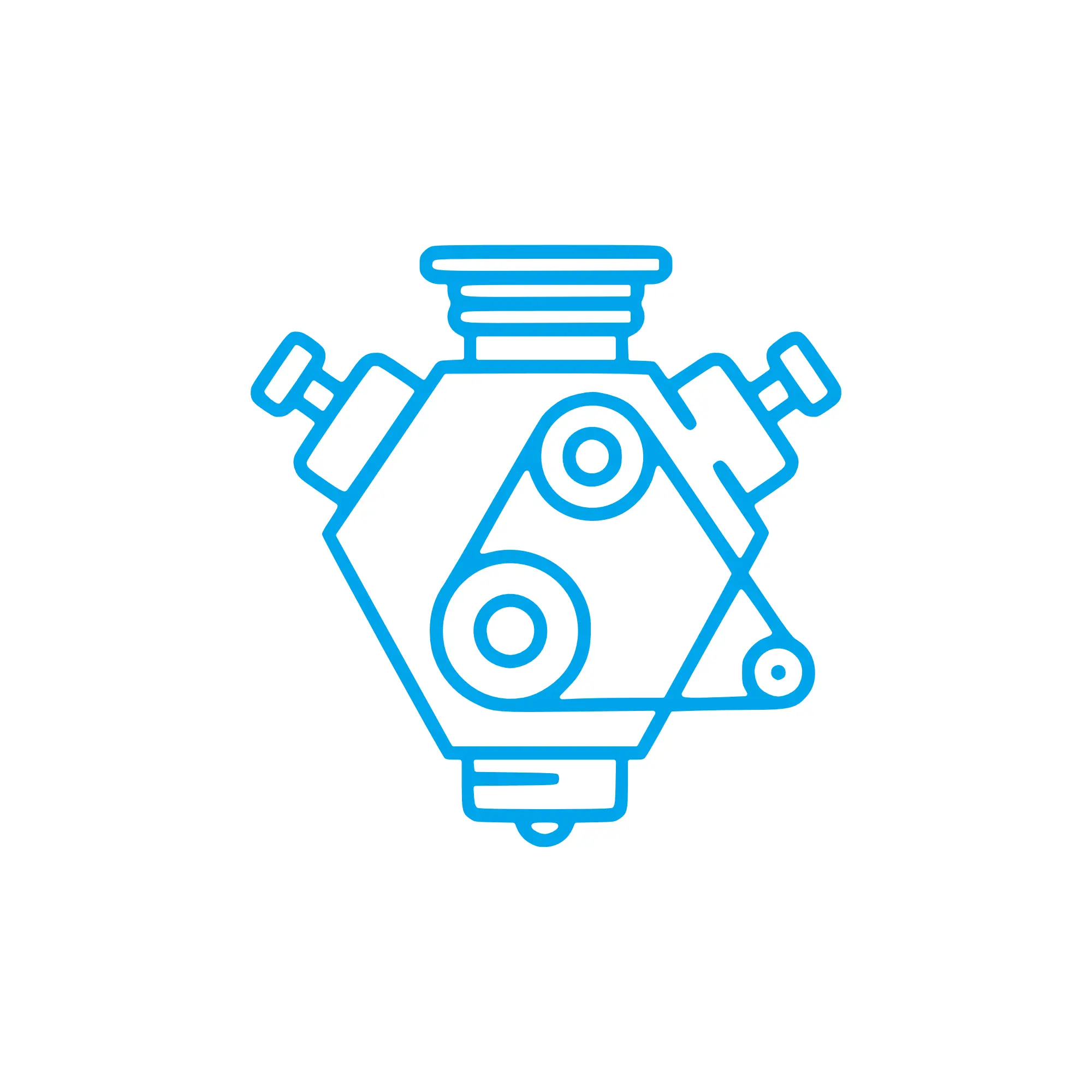PISTON insights for Engine drive components in diesel and marine engines
Engine drive components are the mechanical core of power conversion inside any combustion engine. This category includes the PISTON with rings and pin, connecting rod, crankshaft, main and big-end bearings, camshaft and timing drive, flywheel, and couplings. Working together with the cylinder liner and lubrication system, these parts transform combustion energy into consistent, usable torque. For purchasers, shipowners, and technical managers, the right selection and timely replacement of engine drive components directly determine uptime, fuel efficiency, and the safe operation of propulsion and power-generation systems.
From high-speed gen-sets to low-speed two-stroke propulsion, the architecture differs, but the task is the same: capture the pressure rise above the PISTON, convert it to rotation via the crank-train, then stabilize delivery through the flywheel and couplings. The precision of each interface—pin to rod, rod to crank, journal to bearing—governs noise, vibration, harshness, and long-term wear. When sourced as PISTON OEM parts and matching assemblies, dimensional accuracy, material quality, and surface finishes align with the engine’s design intent, ensuring predictable performance under load.
PISTON and Engine drive components: technical function in a diesel engine and marine engine
Inside a diesel engine, the PISTON rides within the liner and translates combustion pressure into linear motion. Via a fully floating pin and a bushed connecting rod small-end, this motion transfers to the crankshaft, which delivers rotational torque to the shaft line. The ring pack—typically fire ring, compression ring(s), and oil control ring—seals combustion gases, controls oil, and conducts heat from crown to liner. On a PISTON marine engine, crowns often feature cooling galleries fed by oil jets. Controlled ovality, thermal expansion management, and crown bowl geometry support efficient mixing, reduced specific fuel oil consumption, and lower emissions.
The crankshaft, forged and often nitrided, rides on hydrodynamic bearings that maintain an oil film under high loads. Bearing overlay composition and clearance windows (often in the micrometer range) are engineered to protect journals against fatigue and mixed lubrication. The camshaft and timing drive (gear train or chain) synchronize valve events and injection, while a torsional damper and flywheel smooth cyclic torque. Flexible couplings protect the driveline from misalignment and torsional peaks. On a PISTON diesel engine, correct interplay among these components limits vibration, keeps firing pressures consistent across cylinders, and safeguards the shafting and auxiliary equipment.
PISTON, ring pack, and connecting rod within Engine drive components
The PISTON crown may be steel (large-bore) or an articulated steel/aluminum design, with hard-anodized or coated skirts to reduce scuffing. Ring face coatings (chrome-ceramic, PVD nitrides, or moly-based) define wear life and liner compatibility. Groove clearances, back clearance, and ring tension determine blow-by and oil control. The wrist pin (gudgeon pin) must match hardness and surface finish specs to protect the small-end bush. Big-end bearing crush, oil porting, and tang location ensure shell stability and reliable oil supply at high mean effective pressures. When procured as PISTON OEM parts, the ring pack and pin come dimensionally matched to the crown and rod, reducing bedding-in time and risk of early-life distress.
PISTON-driven crankshaft, bearings, camshaft, and timing drive
Combustion forces transmitted by the PISTON load the crank through alternating tensile and compressive cycles. Journal finish, roundness, and alignment are critical to maintain a stable hydrodynamic film. Thrust bearings control axial motion, protecting timing gears and couplings. The camshaft profile dictates valve lift, duration, and injection timing, directly influencing fuel burn and thermal loading on the PISTON. A robust timing drive prevents phasing errors that would otherwise elevate exhaust temperatures, increase SFOC, and accelerate wear. Finally, the flywheel’s inertia and a tuned damper mitigate torsional resonance, safeguarding the entire powertrain.
- · High-precision interfaces: pin/bush, bearing/journal, ring/liner.
- · Engineered materials: forged steels, nitrided journals, coated rings and skirts.
- · Thermal management: oil-cooled PISTON crowns and controlled ovality.
- · Sealing efficiency: optimized ring tension and groove geometry.
- · Vibration control: torsional dampers, balanced crankshafts, and flywheel inertia.
- · Tight tolerances: clearances measured in micrometers for predictable life.
- · Traceability and specs: documented heat treatment and material certificates.
PISTON-centric importance of Engine drive components for reliable operation
Engine drive components set the ceiling for reliability, service intervals, and safety. Excessive ring groove wear or liner polishing leads to blow-by, higher lube oil consumption, and elevated exhaust temperatures. PISTON scuffing from insufficient clearance or contaminated oil risks catastrophic seizure. Bearing overlay fatigue causes low oil pressure, metal debris, and journal scoring, while gear tooth pitting in the timing train results in phasing drift and rough running. In a marine engine, these issues drive unplanned dry-dockings, higher fuel bills, and class non-conformities. Consistent condition monitoring—clearance checks, ferrography, bore scoping, and vibration analysis—together with timely replacement of critical parts keeps power on-line and emissions within limits.
Advantages of OEM spare parts suitable for Engine drive components
Selecting OEM spare parts suitable for Engine drive components preserves the intended fit, metallurgy, and surface engineering of the crank-train and PISTON assembly. Dimensional fidelity reduces run-in losses, while compatible ring coatings protect liners against glazing and scuffing. Correct bearing geometry sustains a full oil film at rated load, limiting wear and extending overhaul intervals. Documentation and traceability support compliance and simplify audits.
For the PISTON specifically, OEM parts ensure that crown bowl shape, cooling gallery volume, and skirt profile match combustion and thermal models. That alignment maintains peak firing pressure within design targets, stabilizes cylinder-to-cylinder balance, and protects exhaust aftertreatment.
The result is measurable: stable fuel consumption, lower lube oil make-up, fewer false alarms, and reduced downtime. Over the lifecycle, fewer unscheduled stops and predictable maintenance translate into better budget control and longer component life.
MOPA: fast, secure supply of OEM parts for PISTON and Engine drive components
MOPA is an experienced partner for OEM spare parts across Engine drive components, from PISTON assemblies and rings to bearings, crankshafts, camshafts, and timing gear. Customers rely on MOPA for speed, quality, and security in the trade of OEM parts for diesel and gas engines. With proactive sourcing, validated logistics, and meticulous documentation, MOPA shortens lead times, reduces procurement risk, and keeps critical assets running on schedule.
Conclusion: PISTON and Engine drive components that keep fleets moving
Engine drive components—anchored by the PISTON, crank-train, and timing system—are fundamental to power, efficiency, and operational safety. Choosing OEM spare parts suitable for this category preserves engineering intent, stabilizes costs, and extends service life. With MOPA as a trusted supply partner, you gain fast, secure access to the right parts for diesel and marine engine applications.





